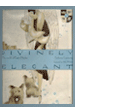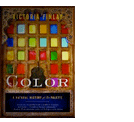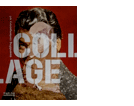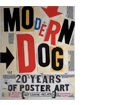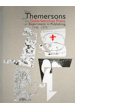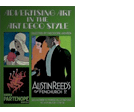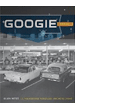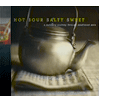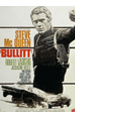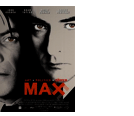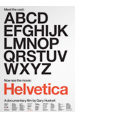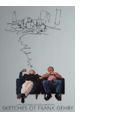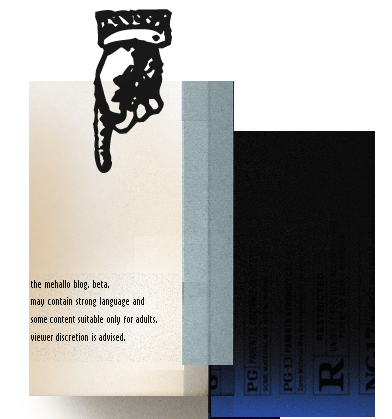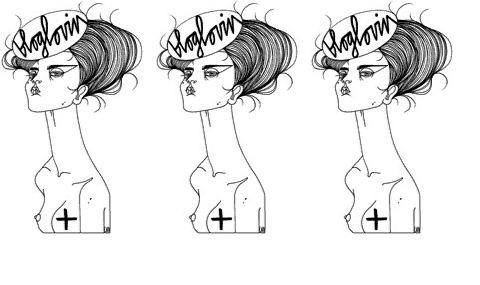Orzechowski letters Star Wars
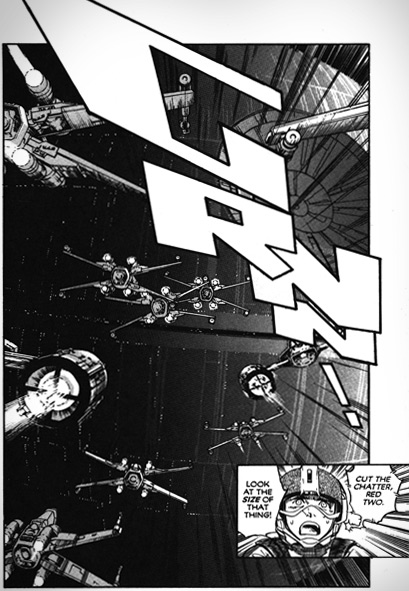
‘Orzechowski modeled his lettering on the Flash Gordon newspaper strips of the 1930s. Another influence was Robert Crumb’s Zap Comix: Orzechowski recognized that Crumb’s title work was clearly derived from the brush techniques of that same era, the 1920s and 30s.’ –Wiki
One of the first times I really became aware of hand lettering in comic books came with Marvel Comics’ 1977 Star Wars movie adaptation. From issue #2 thru #5, the lettering had this smooth, compact quality to it. With cool titles up top.
Behind the scenes was lettering artist Tom Orzechowski – working for the Mighty Marvel Bullpen.


1977 Star Wars panels with lettering by Orzechowski. Marvel’s adaptation of the first Star Wars film was printed and reprinted many times; these black and white shots come from a small pocket-book-sized edition
Over the years I would fall in love with lettering work done by ‘Orz’ – the shortened version of his name appeared in many credit boxes. One of the unsung industry greats, his brush work has graced the pages of numerous comics, and gave voice to the now vintage Uncanny X-Men works of the 70s and 80s – and later, Todd McFarlane’s Spawn.
star wars manga
Back in 1998, I ran across translated editions of Hisao Tamaki’s manga version of Star Wars.
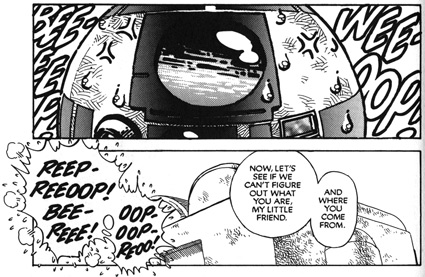
1998 Star Wars manga panels, translation published by Dark Horse Comics
There are a few problems that pop up when adapting a manga comic for Western eyes. The first involves the flow of the art; taking right-to-left (the Japanese standard) and adapting it for left-to-right. Some publishers just avoid this – and write a nice intro explaining things. Others will ‘flop’ the images ‘mirror-like’ and hope it doesn’t cause too many problems.
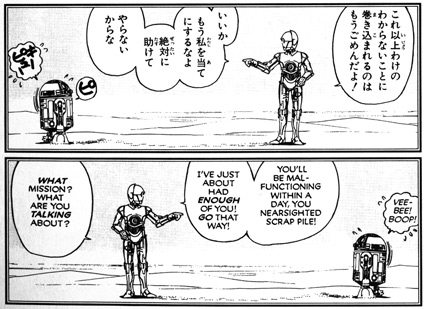
When it comes to text, typically publishers will go halfway, substituting computer fonts for Japanese text – sometimes simply using Helvetica for dialogue.
Since traditional manga also uses more than one language to tell a story, sound FX are a whole other issue. The FX are a huge part of manga. But they basically don’t translate well into English. Not in the dramatic sense that is the artist’s intent.
Unless Orz gets his hands on them.
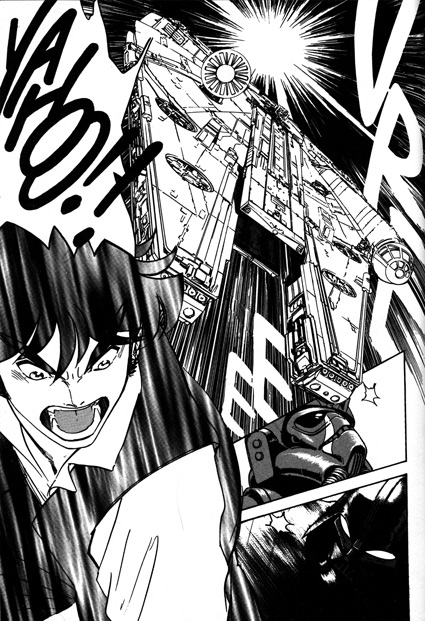
tie fighters go shreeeeeeeeeeeeeee!
So – in a jump back to my childhood – I found myself once again reading a Star Wars comic with Orzechowski’s lettering.
But in the time that passed, not only did Hisao Tamaki take Star Wars to a whole new place, Orz lettered and retouched everything – including the FX – into an incredible tale of sight and sound.
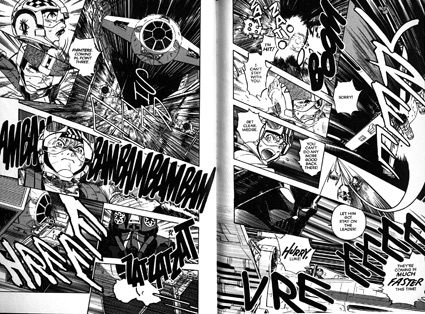
Wish all manga could cross the ocean the same way.
(Orz did do other multiple manga reworks for now-defunct Studio Proteus, a list of titles can be found on their Wiki page.)
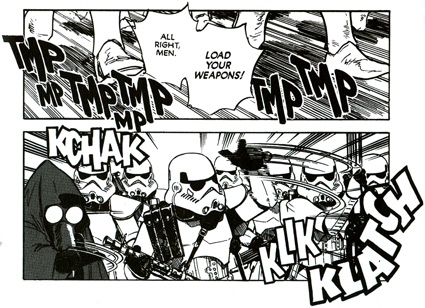
state of comic book lettering
Today, most comic books no longer use lettering artists. Digital fonts have jumped in where brushwork and lettering pens used to tread. And in my opinion, classic Marvel Comics featured some of the best lettering ever attempted.
Here’s a panel discussion about comic book lettering as art.
And over in Oregon, Tom Orzechowski is still doing his thing – though in a more digital form. Visit his website here.
And to get hooked on these now-vintage mangas, start here.
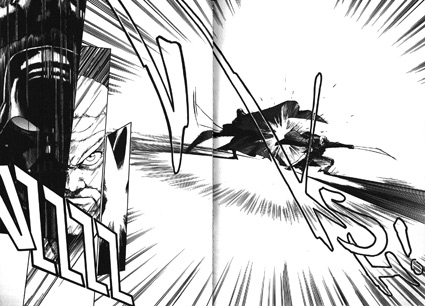
Vader-n-Ben duke it out





























